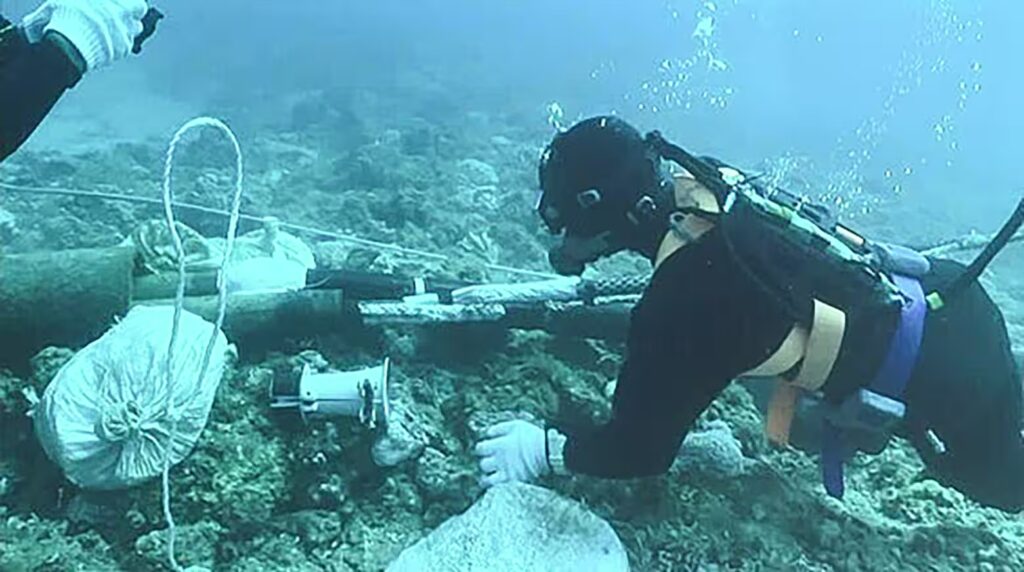The Strategic Importance of Undersea Cables
Undersea cables form the backbone of global internet connectivity. These cables, stretching across oceans, carry over 95% of the world’s data traffic. Their critical role makes them essential for the functioning of global economies, communication systems, and national security operations. With 400 cables in service, protecting them from damage or interference has become an international priority.
Most undersea cable routes are publicly accessible to avoid accidental damage from ships and other ocean activity. While this transparency helps prevent accidental breakages, it also creates risks for targeted sabotage. This vulnerability has drawn increasing concern from US lawmakers, who fear that these vital networks could be exploited by hostile nations.
Growing Threats from Russia and China
A bipartisan group of eight US senators recently sent a letter to President Biden, calling for a comprehensive review of undersea communications cable security. The senators expressed concerns over Russia and China’s capabilities to disrupt these cables, either through sabotage or espionage. Russia, with its well-documented naval activities, poses a particular threat, as its submarines could potentially target and sever cables, causing widespread disruptions.
China, on the other hand, has expanded its role in cable laying and maintenance, raising alarm about its ability to manipulate or monitor global data flow. As China’s technological influence grows, so does the fear that it could use its involvement in cable infrastructure to enhance its cyber-espionage efforts or undermine US interests in global communications.

Potential Consequences of a Cable Attack
Disrupting undersea cables would have severe consequences for the global economy and security. A successful attack could knock out internet connectivity, halt financial transactions, and cripple communication networks in affected regions. Such a disruption would not only affect civilian life but could also impair military and intelligence operations.
Moreover, repairing damaged cables is not a simple task. Cable repair ships must navigate difficult conditions, and repairs can take weeks or even months, depending on the location of the break. Given the long timelines for repair, even a limited attack on undersea infrastructure could cause prolonged instability.
Calls for Increased Security and Collaboration
The US senators stressed the need for stronger international cooperation to safeguard these undersea cables. They recommended working closely with allied nations to monitor potential threats and develop strategies to protect this vital infrastructure. The call for a review highlights growing fears that current security measures may not be sufficient to prevent sabotage or espionage.
As global reliance on the internet increases, so does the urgency of protecting the cables that sustain it. With the growing capabilities of nations like Russia and China, securing these undersea lifelines has become a matter of national and global security.



